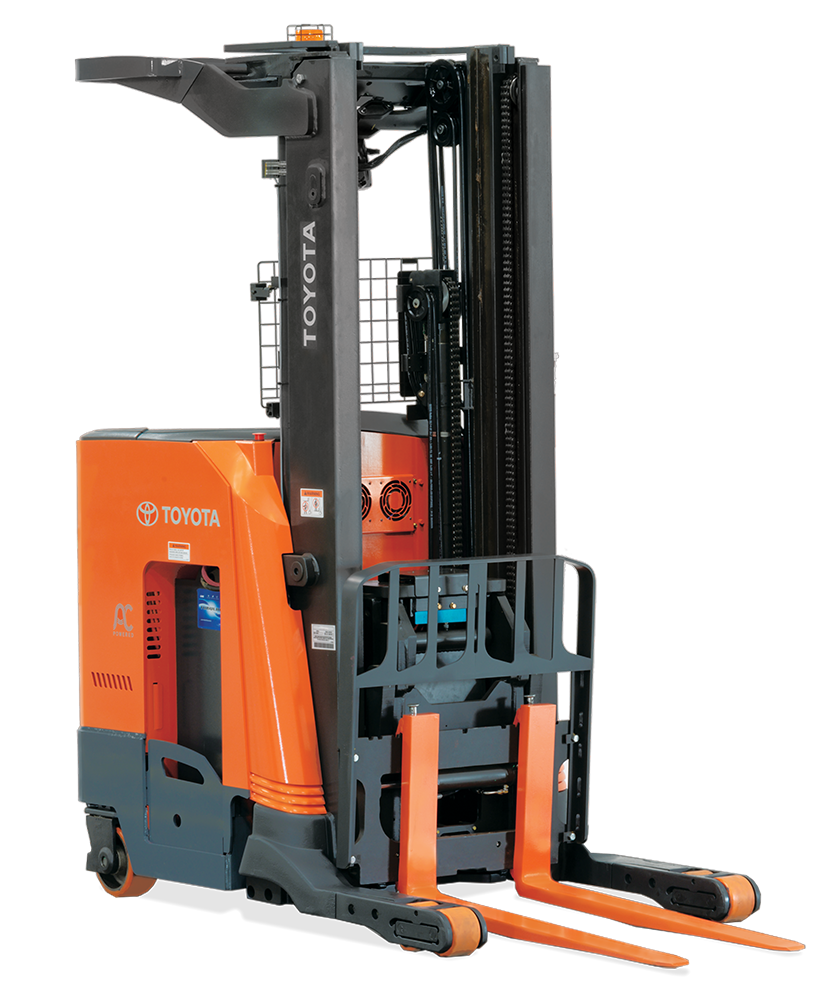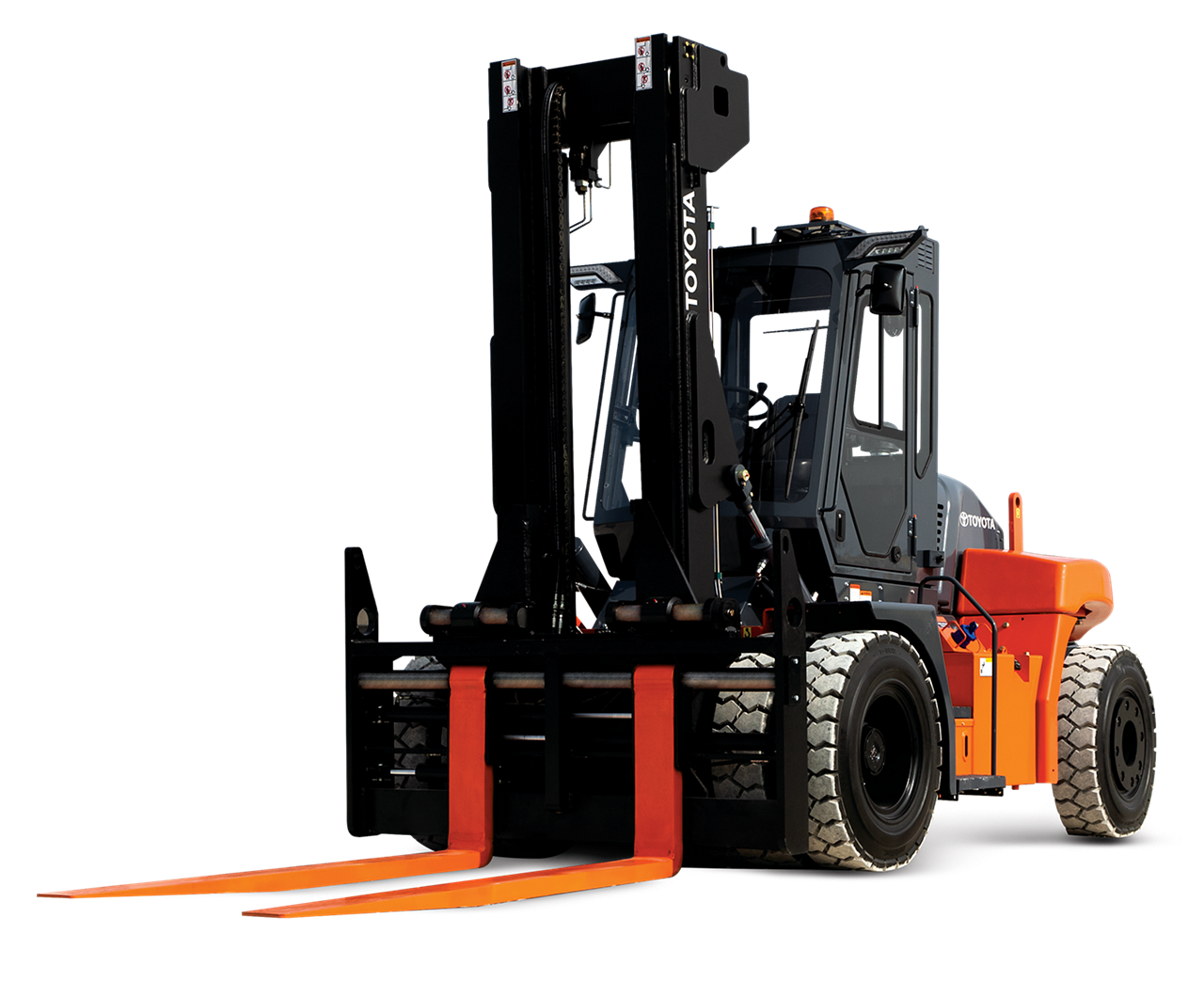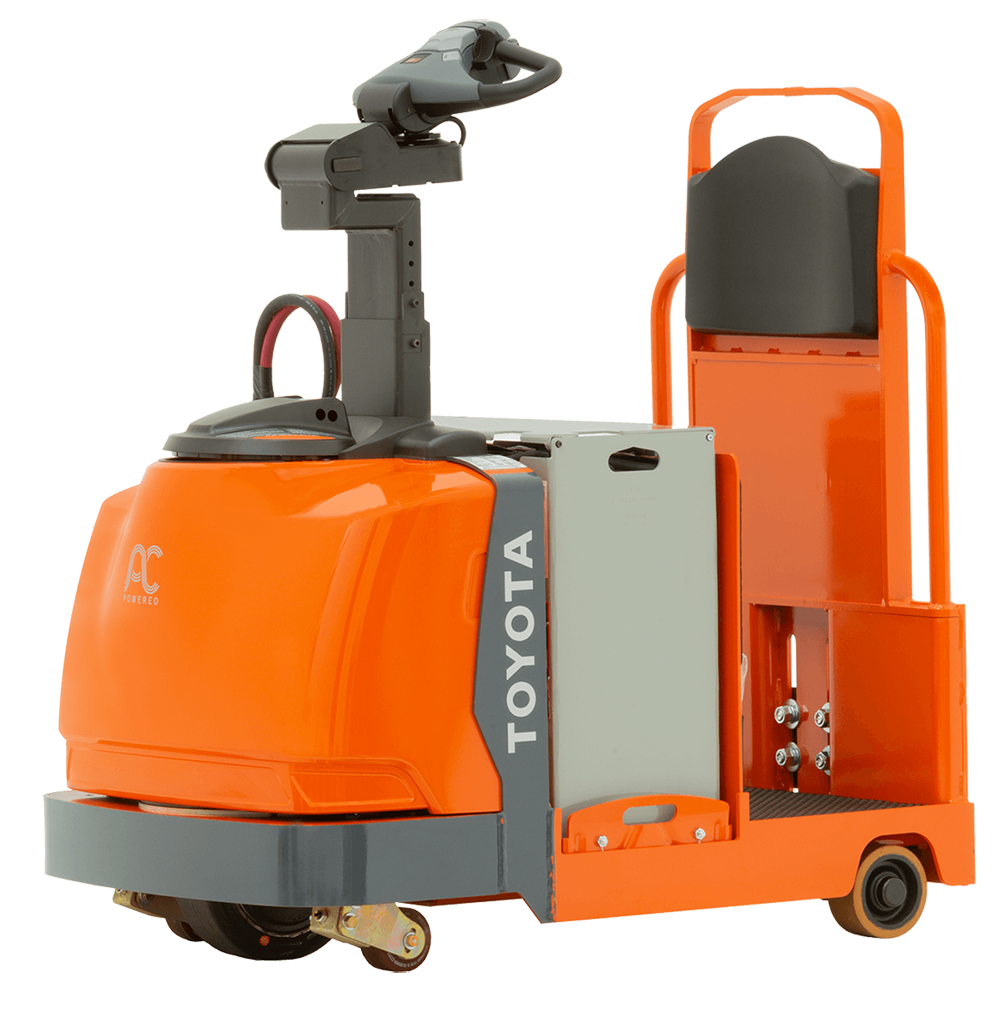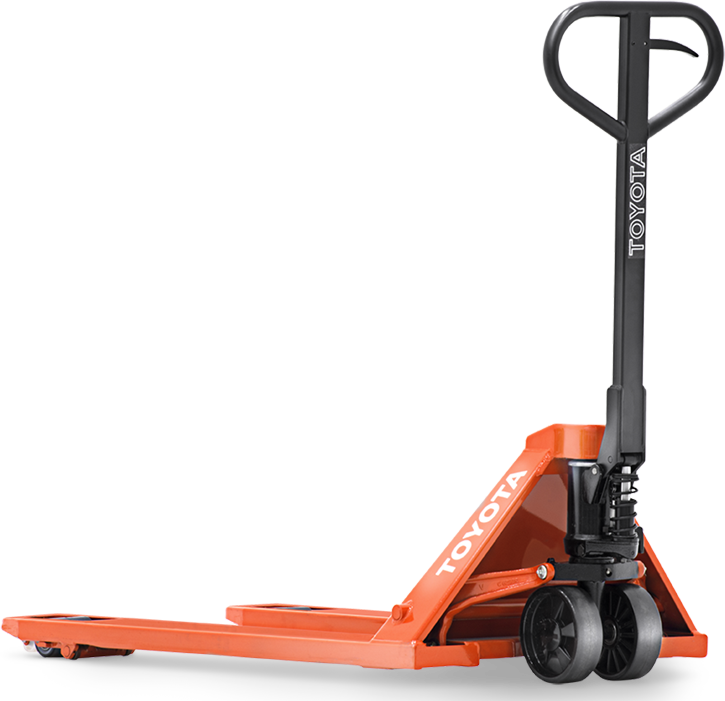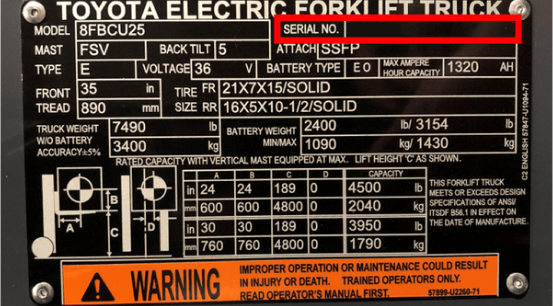Please click below to sign in to your MyToyota account
Toyota Material Handling’s System of Active Stability (SAS)™ Video
(Read the video transcript here.)
For more information about Toyota’s System of Active Stability (SAS)™, please see our Innovative Forklift Safety Features and Checklists from Toyota page.
Video Transcript
Speaker 1 (00:16):
Driving down workplace costs is a principal goal of nearly every business across all industries, but at a more granular level. This is a goal that most businesses need strong partners to accomplish. Don’t let other manufacturers tell you differently. Toyota forklifts help reduce overall workplace costs by focusing in two key areas, operator costs and damage costs. Together, these two costs make up nearly 70% of an average forklift’s annual operating costs.
Speaker 1 (00:46):
As a cost reduction partner, Toyota’s unique system of active stability, or SAS, focuses entirely on making operators more productive while protecting the operator, the forklift, the materials handled, and the facility. The dynamic system is exclusive to Toyota forklifts, and is comprised of six primary functions: speed reduction when cornering, swing lock cylinder, mast front tilt angle control, mast rear tilt speed control, fork leveling control, and active steering synchronizer. Together, these functions support driving down overall workplace costs.
Speaker 1 (01:22):
Forklifts must maintain minimal surface coverage in order to fit and operate in today’s increasingly compressed racking layouts. As extremely dense products themselves, forklifts can become unstable during certain operations, which risks serious accidents and damage to the forklift, loads, and the facility. Without SAS, maintaining lateral stability while turning at speed can be a real challenge for forklift operators and facility layout. While operating the Toyota three-wheel electric forklift or the standup rider, SAS maintain stability by utilizing the speed reduction function when cornering. If the turning speed is too high, SAS will automatically slow the forklift down. When operating a four wheel forklift, the swing lock cylinder will automatically lock the rear axle, should the system sense instability while turning. The swing lock cylinder momentarily adjusts the forklift’s center of gravity, which helps reduce sideways tip overs.
Speaker 1 (02:21):
Product damage can also be a significant cost factor and has serious consequences for a business. Without SAS, uncontrolled backward mast tilt can lead to product being dropped on top of the forklift, striking the overhead guard or anything else nearby. Similarly, uncontrolled forward mast tilting can lead to dropped goods and forward tip over of the forklift. Any of these scenarios are almost certain to cause extensive product damage, facility damage, and forklift damage.
Speaker 1 (02:50):
While unstacking a load, SAS supports rear tilt speed control when it senses the load is at a certain height. The manual reverse tilt’s control speed is overwritten by SAS to slow down so the load moves surely and steadily into the right position to be lowered. When stacking a load, SAS again senses load height and mast position to automatically adjust the tilt angle to protect the forklift operator, the product being stacked, and the racking system.
Speaker 1 (03:17):
When stacking or unstacking pallets, especially in higher racking applications, a difficult action and non efficient behavior is constantly adjusting the mast angle to allow the forks to easily slide in and out of a pallet. SAS supports automatic fork leveling, which automatically tilts the mast to the position where the forks are at 90 degrees and perfectly horizontal to a level surface. When consistently stacking and unstacking pallets over an eight hour shift, the fork leveling button can save days over the course of a year, as well as protect against damaged goods and damaged racking.
Speaker 1 (03:52):
The final SAS function, the active steering synchronizer, gives operators confidence that the steering wheel and the truck wheels are properly aligned. This helps operators work both ergonomically and efficiently. All SAS functions work together to drive down operator costs and drive up operator productivity, all the while helping the forklift avoid accidents due to instability or dropped loads.
Speaker 1 (04:16):
Many times, SAS is misrepresented by other manufacturers as a system that simply moves costs from one cost center to another in the form of replacement sensors, parts, and maintenance. Fortunately for Toyota, and for the hundreds of thousands of Toyota forklifts with SAS operating around the world, nothing is further from the truth. Studies have shown that on average, SAS costs $17 per year to maintain. With a principle investment that small, SAS delivers in measurable returns. To learn more about Toyota’s system of active stability and the part it can play to drive down your overall workplace costs, visit ToyotaForklift.com, or contact your local Toyota forklift dealer.




